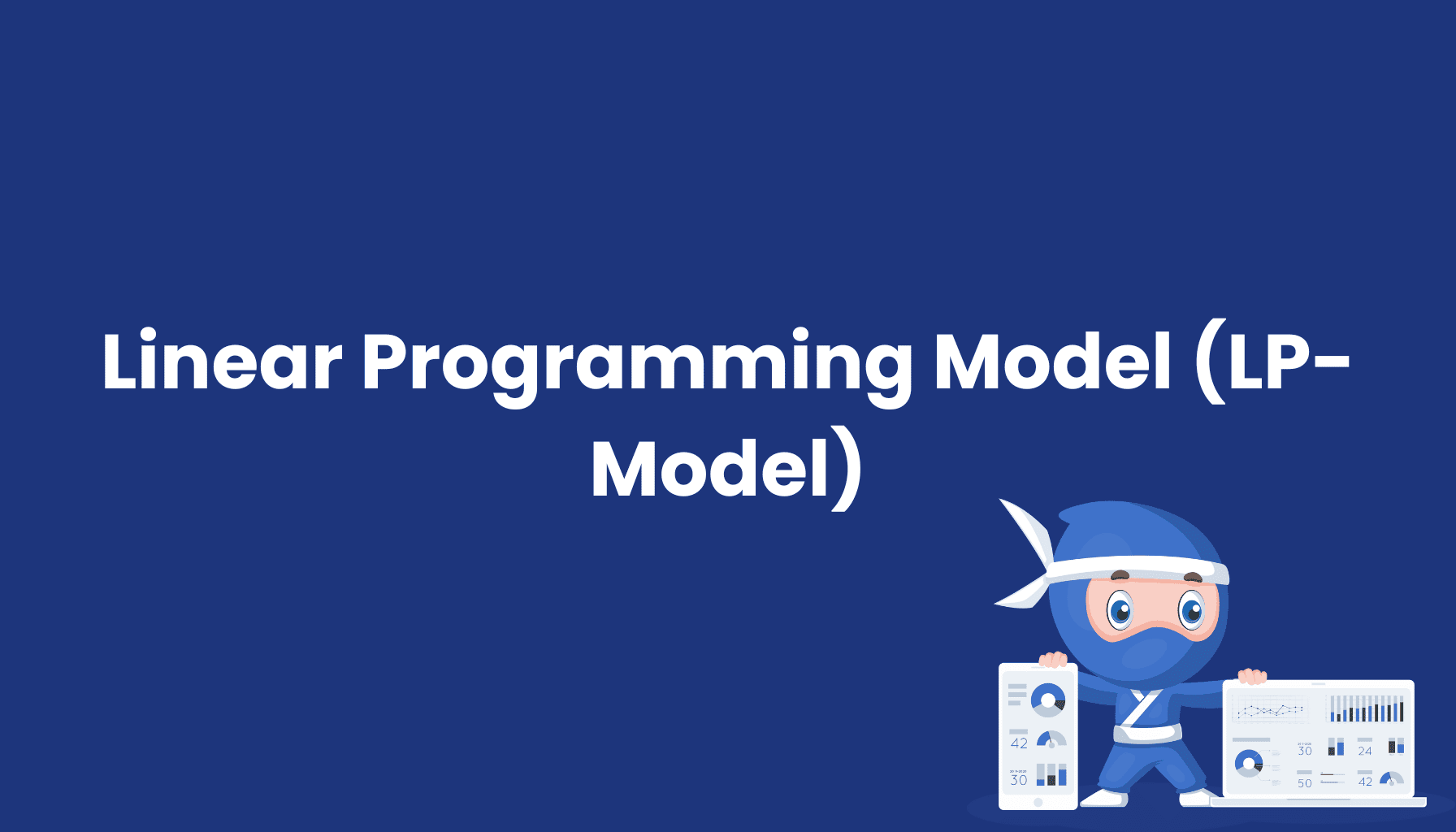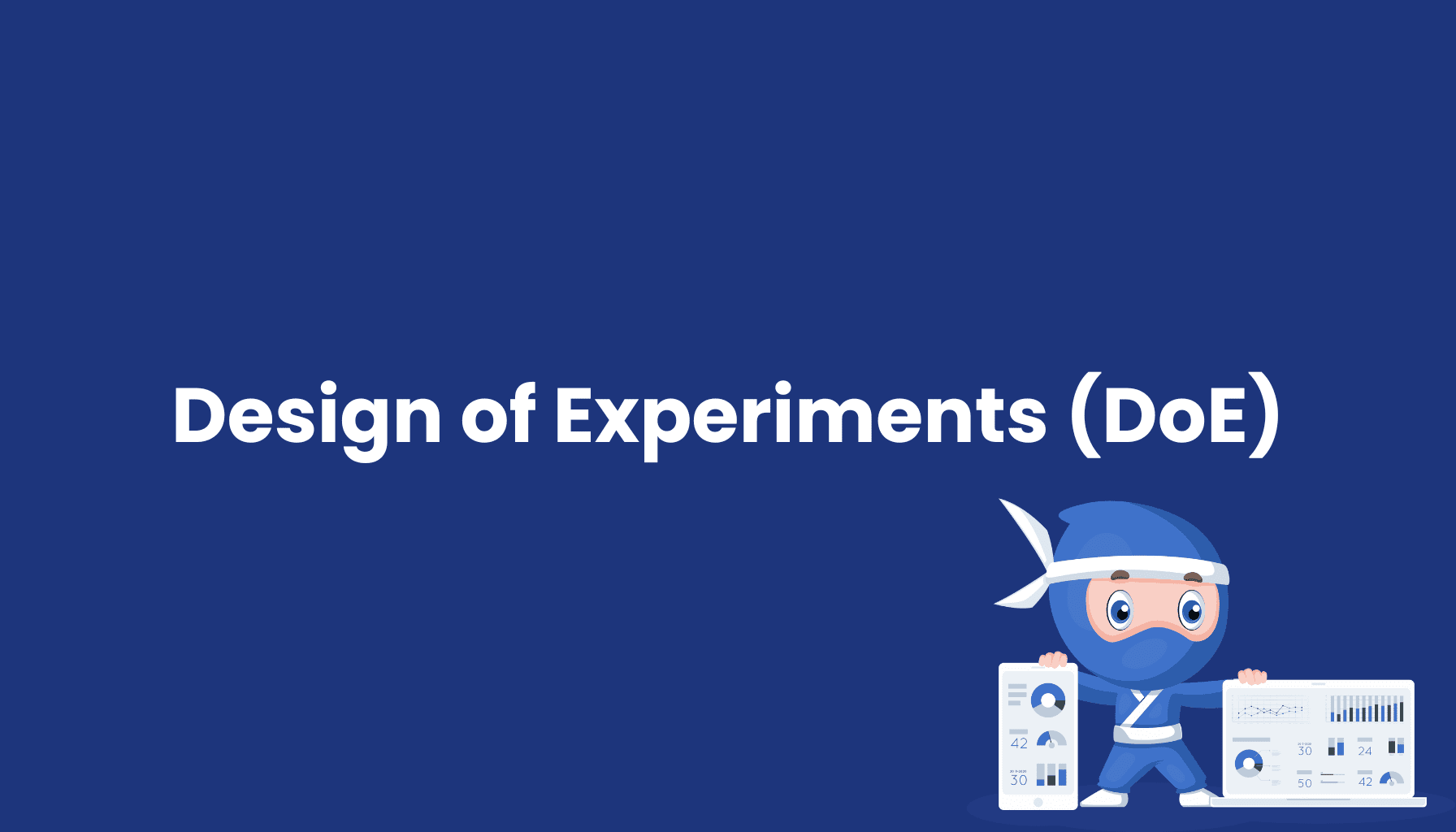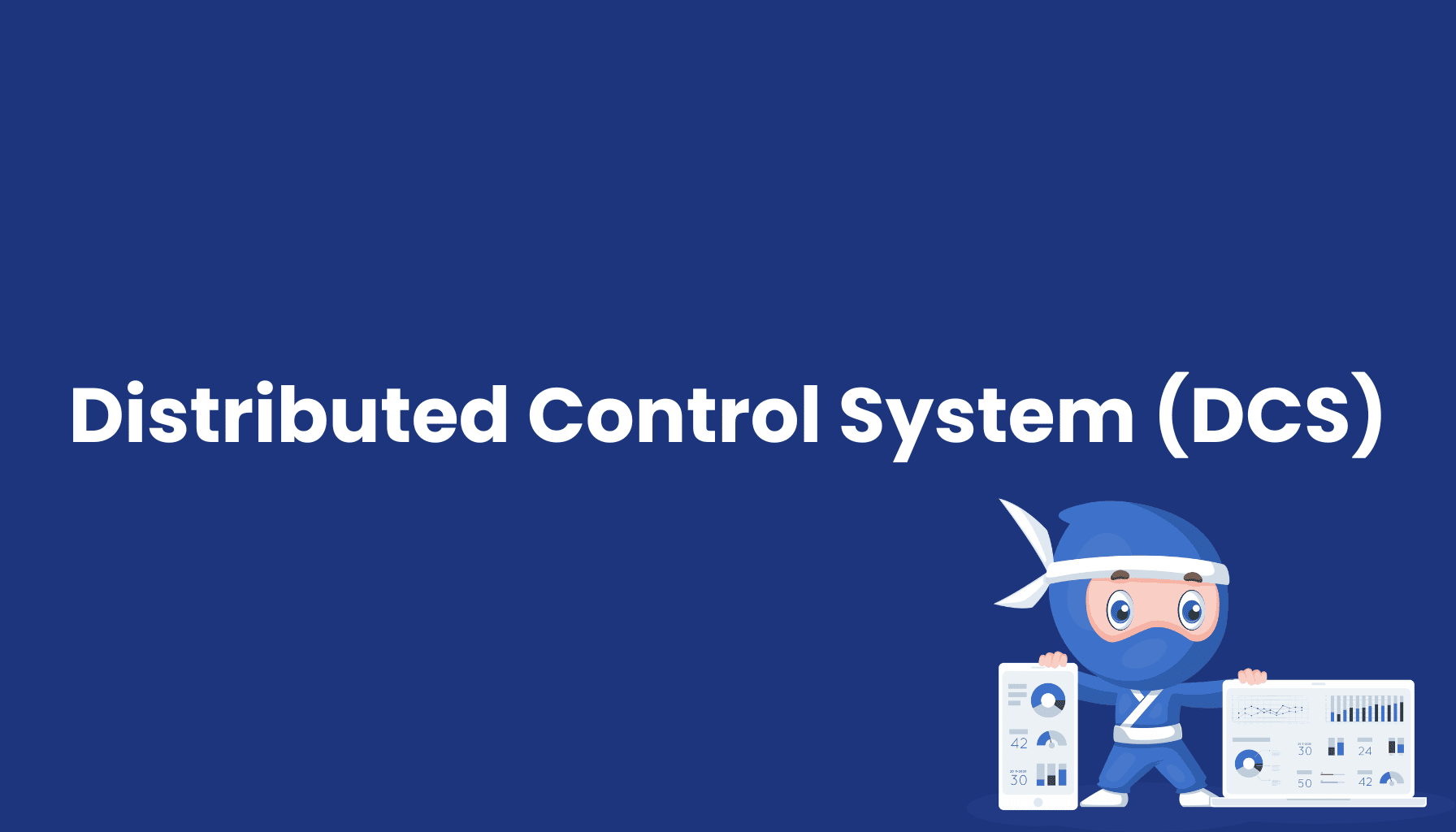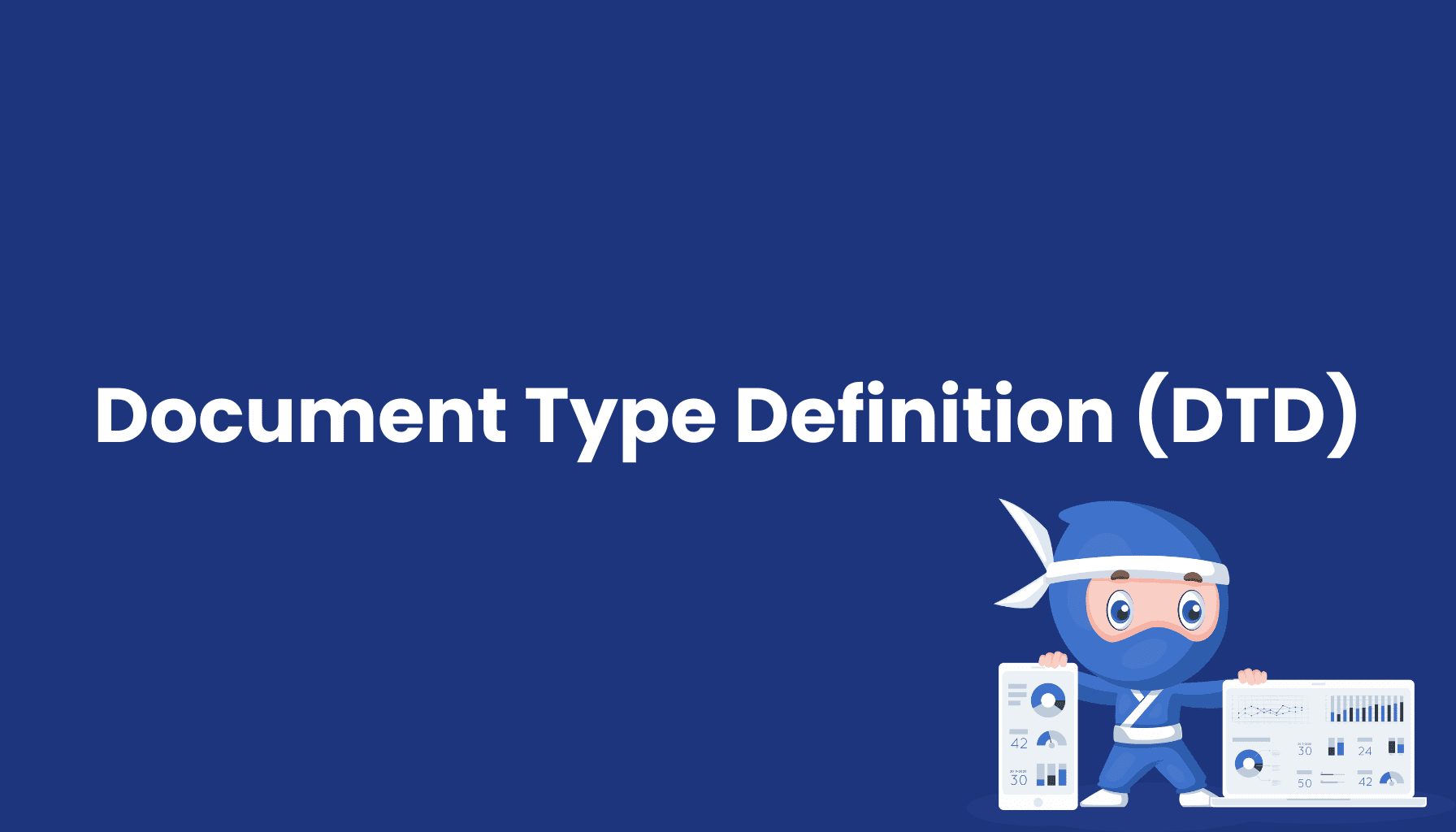Linear Programming Model (LP-Model)

What is a Linear Programming Model (LP Model)?
A Linear Programming Model (LP Model) is a mathematical optimization technique used to achieve the best outcome, such as maximizing profit or minimizing costs, under a set of linear constraints. This method is widely applied in industries like manufacturing to solve problems related to resource allocation, production planning, and cost reduction.
The LP Model helps make optimal decisions by defining a linear objective (e.g., profit maximization or cost minimization) while considering specific constraints, such as the availability of resources like materials, machinery, or labor.
Key Characteristics of a Linear Programming Model:
-
Mathematical Optimization: LP models utilize linear equations to find the best solution, whether it’s maximizing profits or minimizing costs, given the constraints of the system.
-
Decision Support: The method provides valuable decision-making support by analyzing multiple options and determining the best allocation of resources.
-
Resource Allocation: LP models are especially useful in efficiently distributing limited resources and optimizing production processes.
Benefits of Linear Programming Models
-
Efficiency Improvement: Companies can optimize the use of resources, enhancing productivity and streamlining production processes.
-
Cost Reduction: LP models help minimize production costs by calculating the optimal allocation of resources, reducing waste, and avoiding inefficiencies.
-
Planning Reliability: The method allows businesses to create realistic production plans based on available resources and ensures that goals are achievable.
Application in the Manufacturing Industry
In the manufacturing industry, LP Models are commonly used to optimize complex production processes. They aid in the allocation of machines, workforce, and materials to minimize production costs while maximizing capacity. Particularly in Just-in-Time production or Supply Chain Management, LP models significantly enhance efficiency by streamlining operations across the entire supply chain.
Using an MES System for LP Model Optimization
A Manufacturing Execution System (MES) can implement and monitor the results of an LP Model in real-time. Combining LP models with cloud-native MES solutions allows companies to achieve data-driven production planning and more efficient resource utilization. This not only reduces production costs but also improves process automation and transparency throughout the manufacturing cycle.





